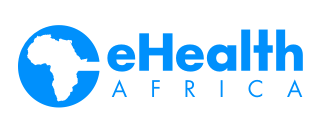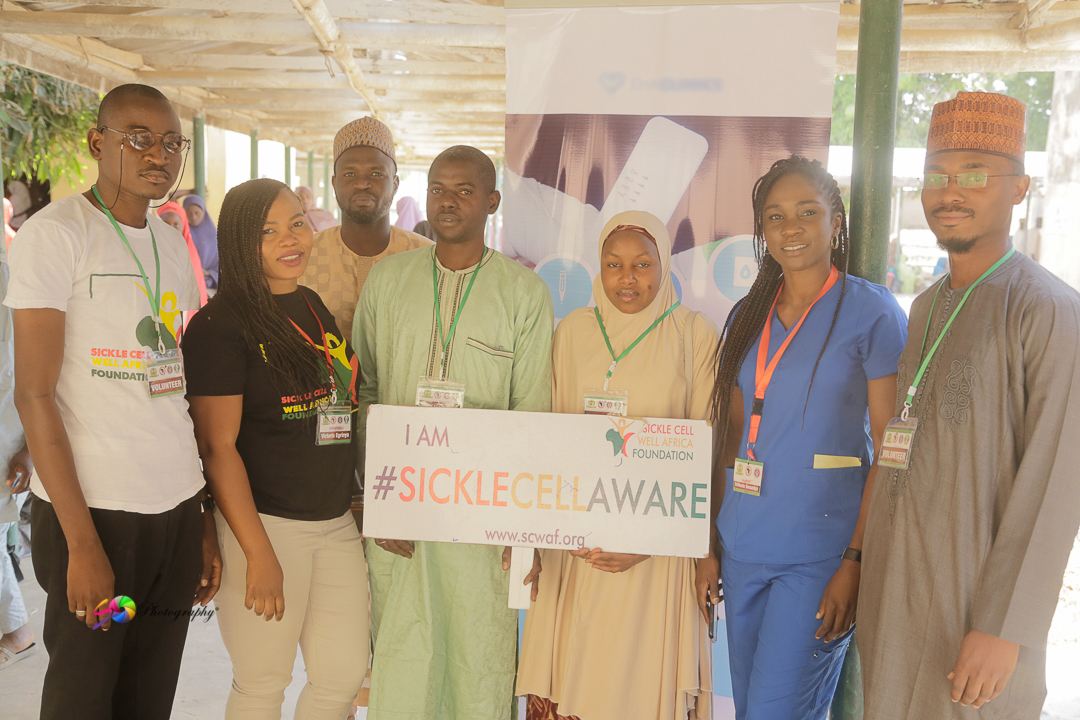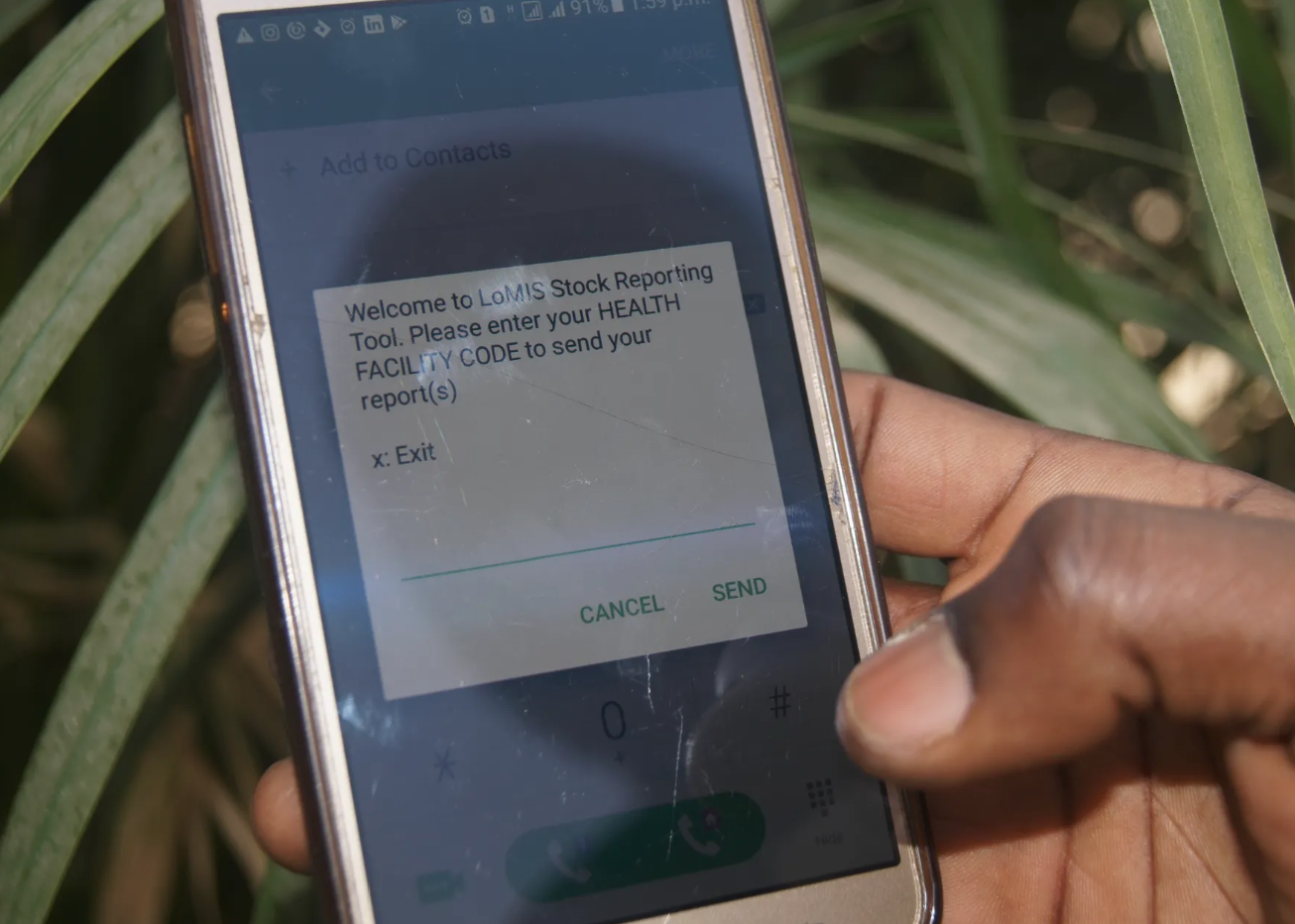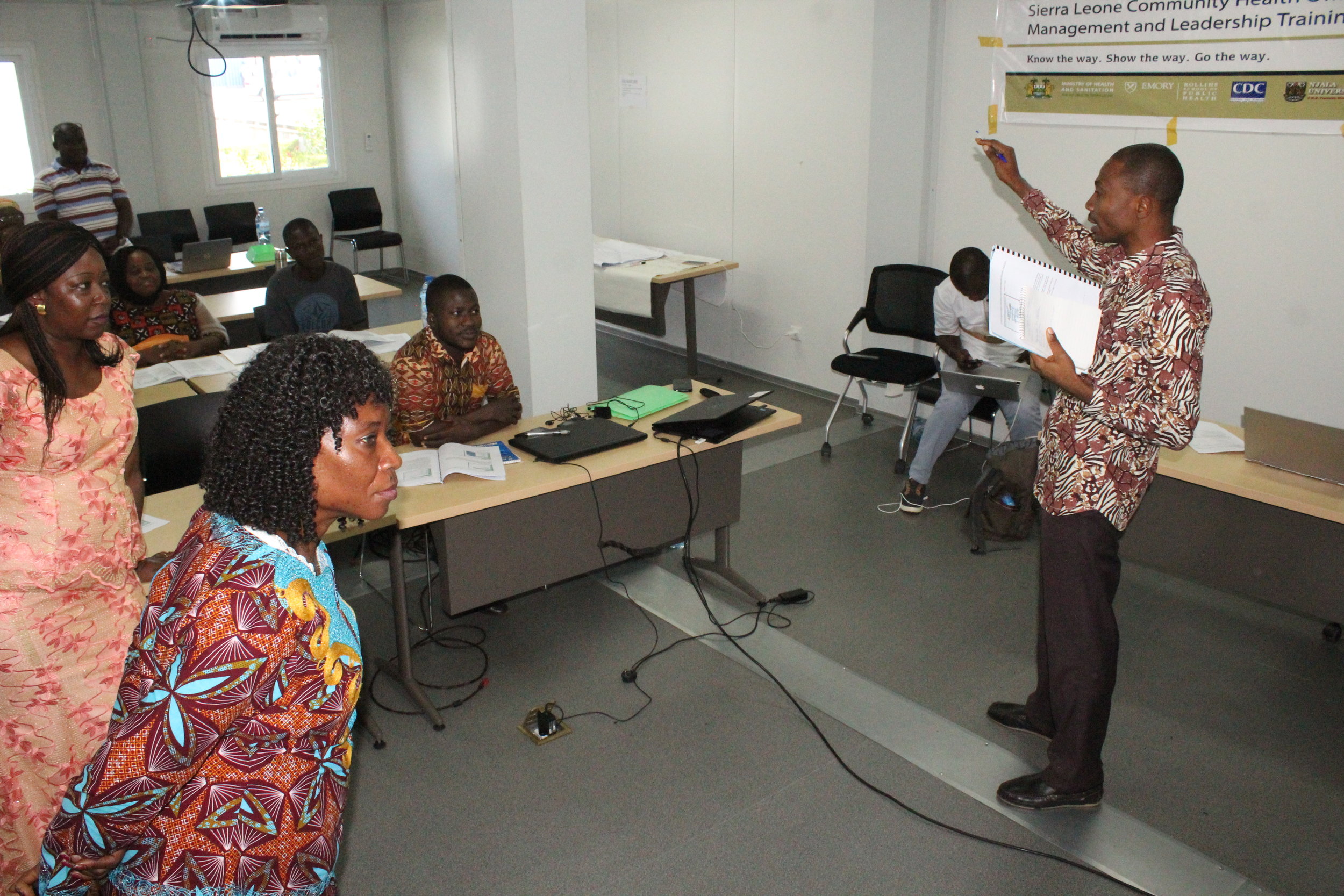An often neglected aspect of executing health projects or interventions is the availability of functional infrastructure. A comfortable working environment and the availability of work tools such as internet and communication systems have a positive impact on employee performance and increase work productivity.
eHealth Africa collaborates with partners to design, build, restore and maintain diverse sites and facilities. With funding from the Bill and Melinda Gates Foundation (BMGF) and in partnership with the National Primary Health Care Development Agency (NPHCDA), we renovated the administrative block of three NPHCDA zonal offices in Kano, Minna and Bauchi states in 2018.
The renovated NPHCDA zonal office in Kano
The focus of this renovation was on alleviating the perennial problem of insufficient workspaces and power outages which have hindered staff from delivering on tasks. The administrative offices were fitted with new work tables, chairs and office equipment. The reception area and the conveniences were also refurbished. eHealth Africa renovated a thirty-seater conference room and fitted it with audio and video conferencing technologies like microphones and a projector system.
30- seater conference room
eHA also upgraded the IT facility in these facilities, installing a state of the art data/ server system. In addition, an off-grid hybrid (Solar and wind) power system was installed to provide 24-hour electricity. Solar panels are a cost- effective electricity source that will not be financially burdensome on the agency in the long- run.
On the 18th of December, 2018, the staff of the Kano Zonal NPHCDA office moved into the newly renovated office. eHealth Africa also conducted a technical know-how/ product knowledge training for relevant staff at the Kano zonal office to enable them configure, use and properly use the IT facilities.
NPHCDA zonal staff and eHA renovation team at the renovated Kano zonal office in Naibawa
Are you interested in our infrastructure services? Click here to read more.






















